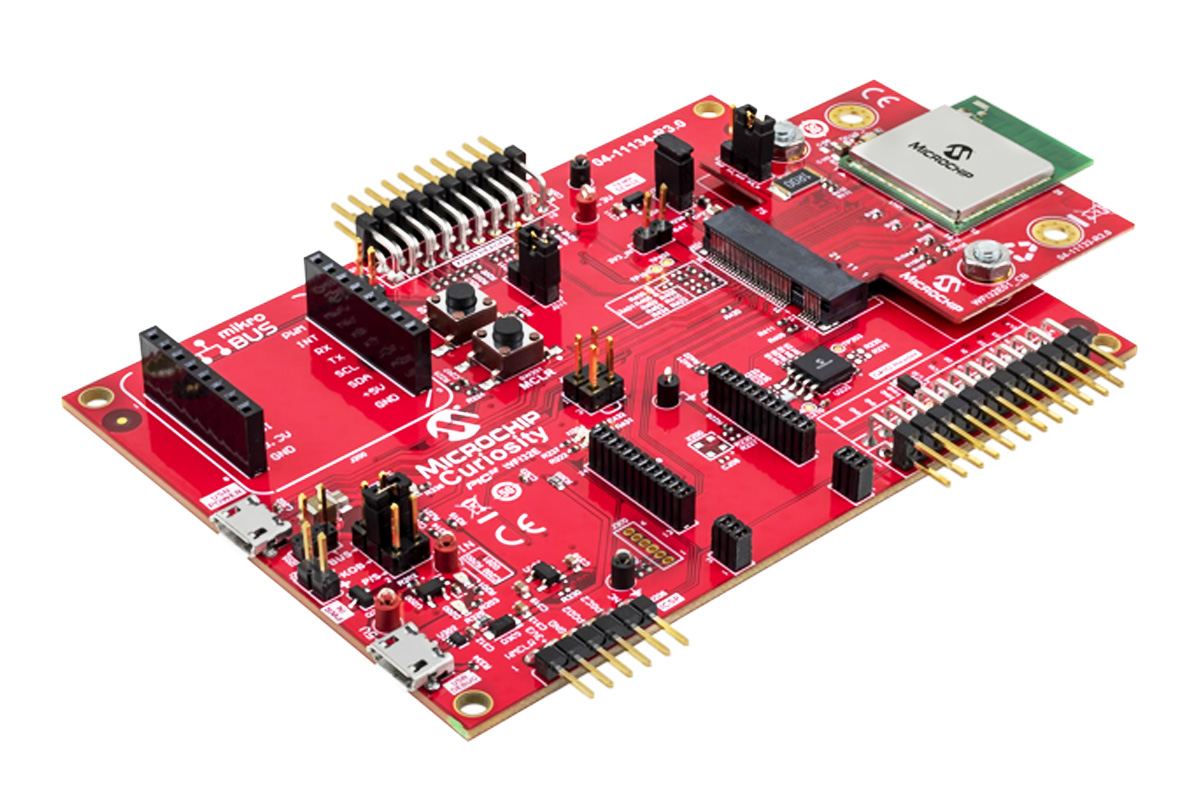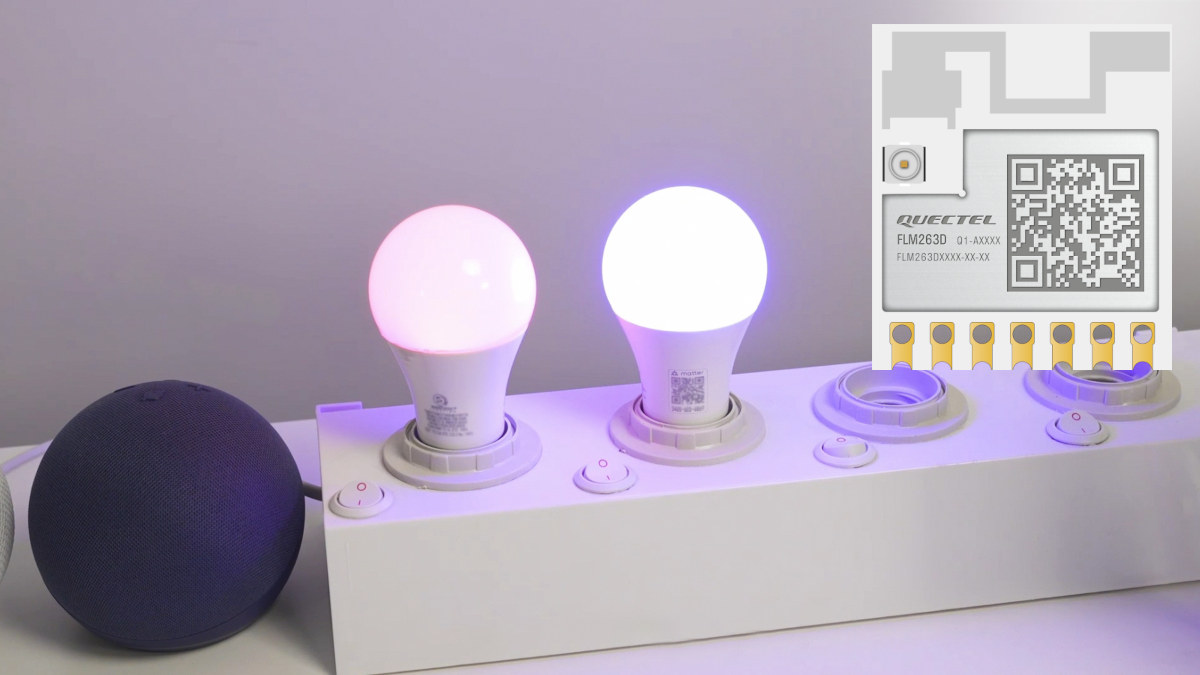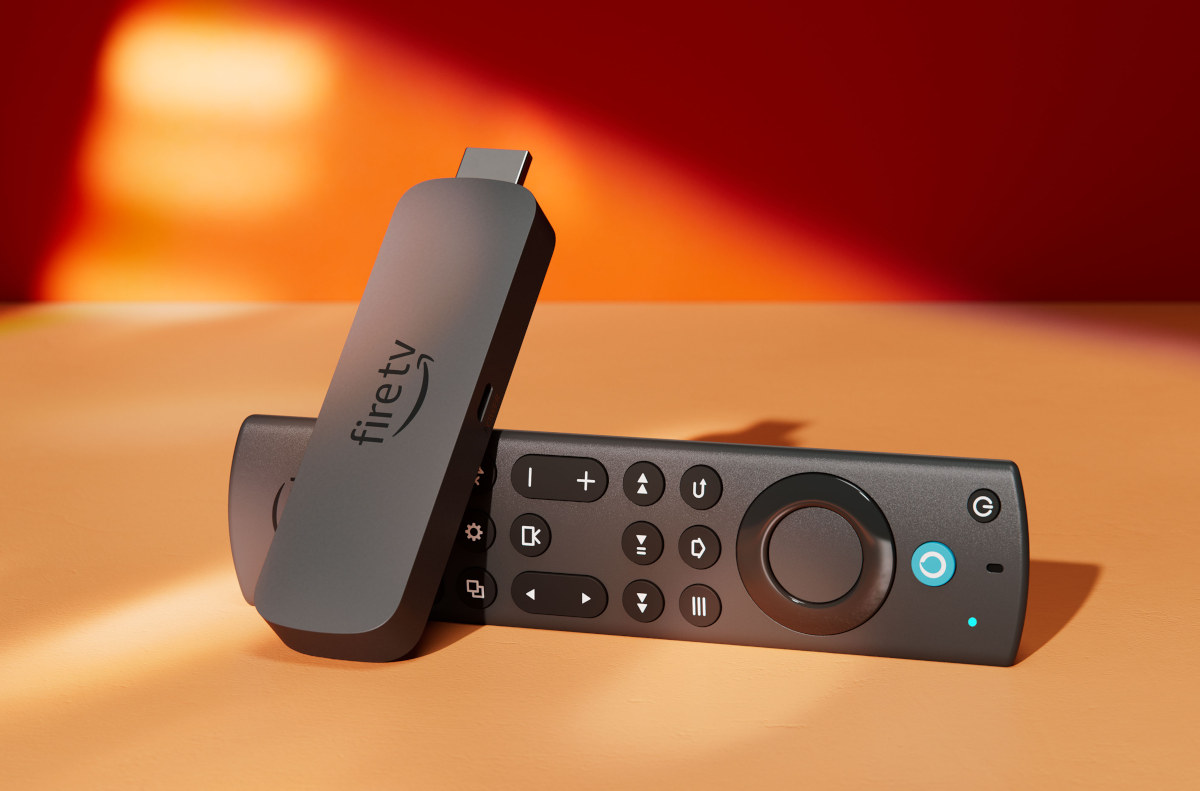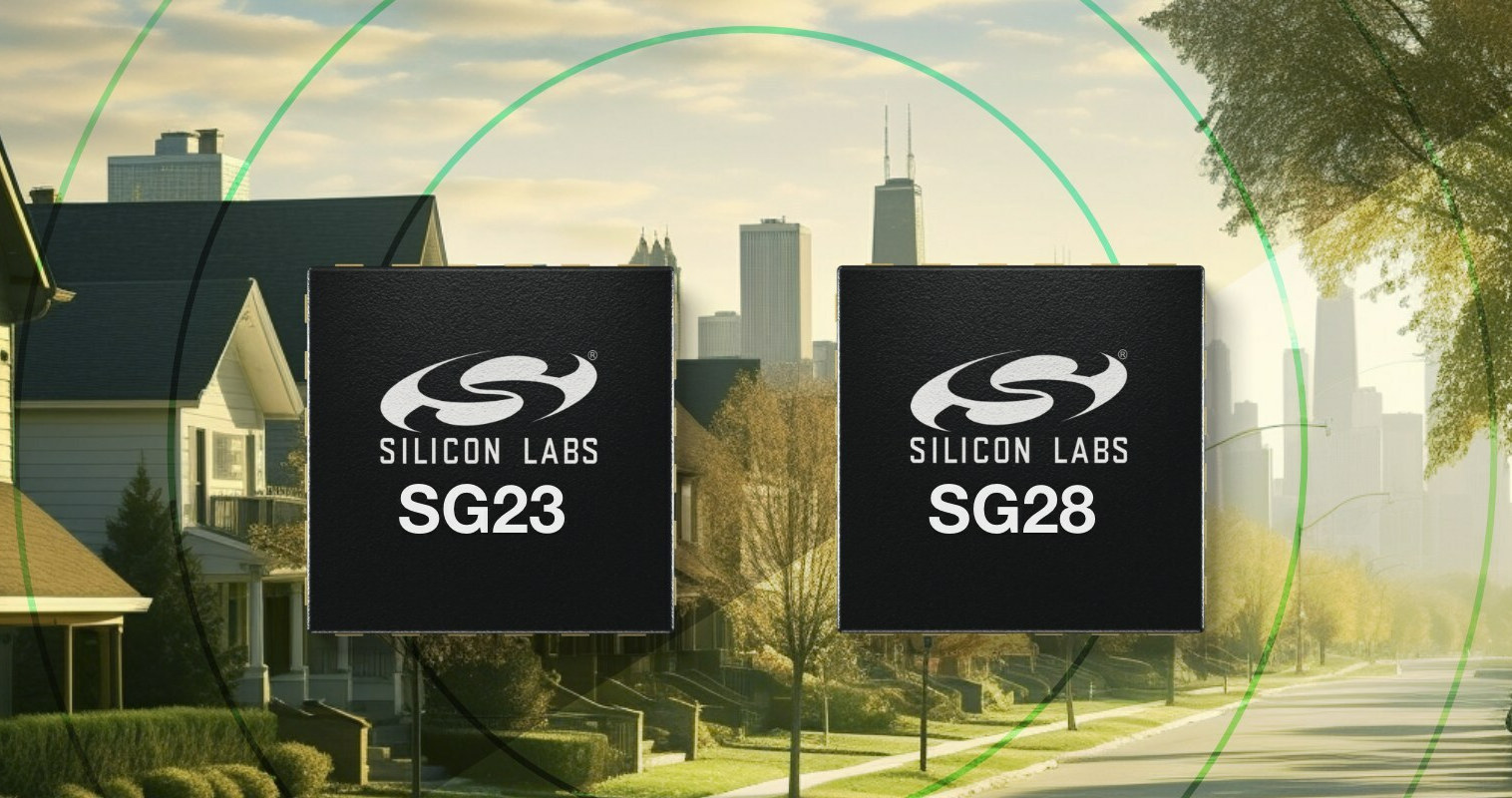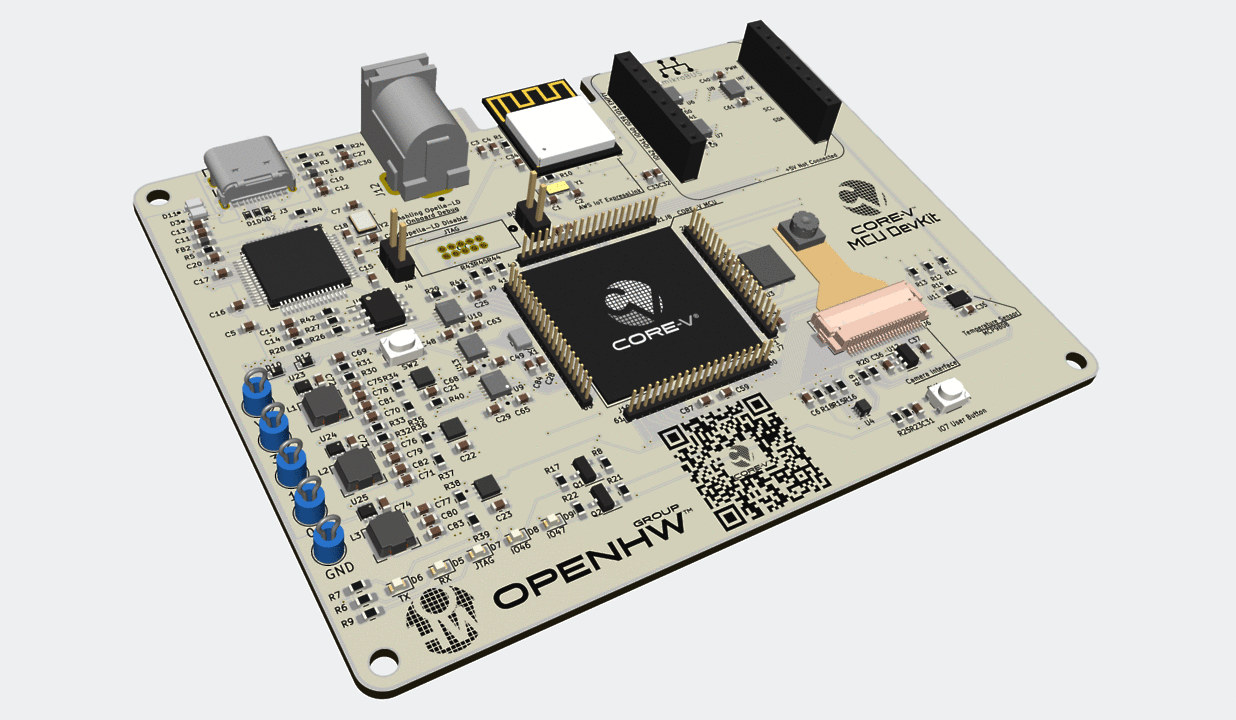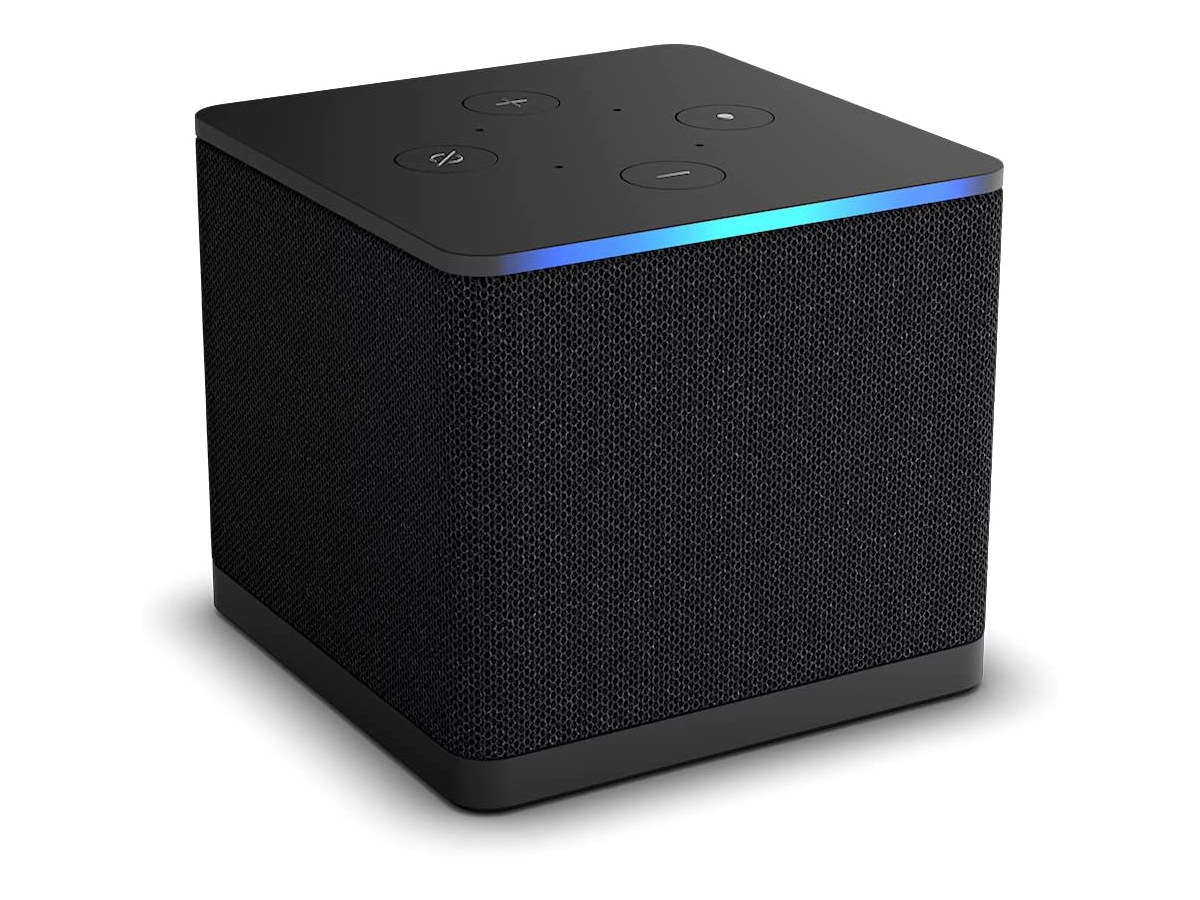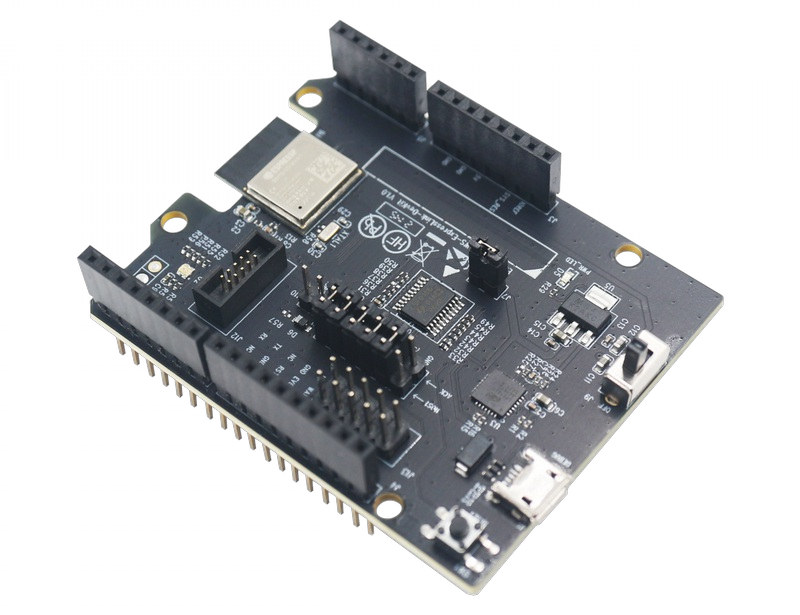MECOOL KM9PRO MAX 4K is a Google TV 12.0 streaming box based on the Realtek RTD1325 quad-core Cortex-A55 SoC which we initially found in the Formuler Z Mini 4K Android 12 dongle. Since it’s a more traditional TV box as opposed to an HDMI dongle, it adds features like 10/100Mbps Ethernet, optical S/PDIF output, an AV composite and audio jack, two USB 2.0 ports, while keeping the 4K-capable HDMI 2.1 port and WiFi 5 and Bluetooth 5.0 connectivity. The KM9PRO Max 4K also comes with a larger 32GB eMMC flash. MECOOL KM9PRO MAX 4K specifications: SoC – Realtek RTD1325 CPU – Quad-core Arm Cortex-A55 @ 1.7GHz with 512KB L3 cache; 20,000 DMIPS GPU – Arm Mali-G57 MC1 with OpenGL ES 3.2 VPU – 4Kp60 10-bit AV1, VP9, H.265 video decoder System Memory – 2GB LPDDR4 Storage – 32GB eMMC flash Video & Audio Output HDMI 2.1 up to 4K resolution […]
Microchip PIC32MZ-W1 is a 32-bit MIPS WiFi MCU with 60+ GPIO, USB, CAN Bus, Ethernet, and more
Microchip recently released the PIC32MZ-W1 wireless MCU along with 20 other WiFi parts, including WiFi MCUs, link controllers, network controllers, and plug-and-play modules. Among them, the PIC32MZ-W1 wireless MCU is the most interesting because of its 32-bit MIPS microAptiv M-class core running at up to 200MHz, advanced hardware security features, and integrated Microchip Trust Platform for secure cloud authentication. Over the years ESP32 MCUs have become the go-to choice for wireless applications. Still, one problem we always have with ESP32 SoCs is their limited GPIO option due to their strapped-out pin structures. But this new MCU has over 60 GPIO pins to work with along with Ethernet MAC, USB, CAN Bus, CANFD, SPI, I2C, SQI, UART, ADC, JTAG, and more. PIC32MZ-W1 wireless MCU specifications MCU MIPS32 M-Class core clocked at 200 MHz 16KB I-Cache, 16KB D-Cache microMIPS mode (up to 35% smaller code size) DSP extensions (4x 64-bit accumulators, single-cycle […]
Quectel FLM263D 2.4 GHz WiFi 6 and BLE 5.2 RISC-V module supports Amazon Alexa Connect Kit (ACK) SDK for Matter
Quectel Wireless FLM263D is a standalone WiFi 6 and Bluetooth 5.2 LE module with a 320 MHz RISC-V microcontroller that supports Alexa Connect Kit (ACK) SDK for Matter for connectivity with Amazon Alexa, Google Home, Samsung SmartThings, Apple HomeKit, and other Matter-compliant Smart Home devices. The module also implements security standards such as secure boot and Mbed TLS encryption. The FLM263D offers certifications such as Works with Alexa (WWA) and supports features such as Matter Simple Setup (MSS) that allows zero-touch setup of Matter-compliant smart home devices through Alexa. Quectel FLM263D specifications: MCU – RISC-V wireless microcontroller up to 320 MHz, with 512KB SRAM and 4MB flash (likely Beken BK7235) Wi-Fi 6 & BLE 5.2 WLAN Protocol – IEEE 802.11b/g/n/ax Wi-Fi Frequency Band – 2.4 GHz Wi-Fi Modulation Mode – CCK, BPSK, QPSK, 16QAM, 64QAM Wi-Fi Operating Mode – AP, STA, STA + AP WiFi Rx sensitivity – Up to […]
Amazon Fire TV Stick 4K Max (2023) features a 2 GHz MediaTek MT8696T CPU, support WiFi 6E
Amazon has recently introduced its second-generation Fire TV Stick 4K and Fire TV Stick 4K Max 2023 powered by MediaTek MT8696D and MT8696T Arm Cortex-A55 processors respectively and going for $49.99 and $59.99 on Amazon. The new Fire TV Stick 4K Max model is an incremental update compared to the Fire TV Stick 4K Max (2021) with basically the same processor but clocked slightly higher, twice the storage capacity, and WiFi 6E support instead of just WiFi 6. The Fire TV Stick 4K (2023) is a more notable update compared to the very first Fire TV Stick 4K launched in 2018. Amazon Fire TV Stick 4K / 4K Max (codenames: AFTKM and AFTKRT) specifications: SoC Fire TV Stick 4K (2023) – MediaTek MT8696D with quad-core Arm Cortex-A55 processor @ 1.7 GHz, Imagination GE9215 GPU @ 650MHz Fire TV Stick 4K Max (2023) – MediaTek MT8696T with quad-core Arm Cortex-A55 processor […]
Silicon Labs SG23 and SG28 SoCs are optimized for Amazon Sidewalk
Silicon Labs has launched two new Cortex-M33 SoCs optimized for Amazon Sidewalk with the EFR32SG23 (SG23) Sub-GHz wireless SoC and the EFR32SG28 (SG28) dual-band wireless SoC with Sub-GHz and Bluetooth LE. Both low-power SoCs are designed for “Internet of Things” applications in smart homes, security, lighting, building automation, and metering and come with a Matrix Vector Processor to enable AI/ML implementation for Smart End Nodes. Silicon Labs SG28 (EFR32SG28) specifications: MCU core – Arm Cortex-M33 @ 78 MHz with DSP instructions and FPU On-chip memory – Up to 256 kB RAM data memory On-chip storage – Up to 1024 kB flash program memory AI accelerator – Matrix Vector Processor for AI/ML acceleration Wireless Sub-GHz radio TX power up to +20 dBm Rx sensitivity – -98.6 dBm sensitivity @ 50 kbps 915 MHz 2GFSK 2.4 GHz BLE radio – TX power up to +10 dBm Protocol – Amazon Sidewalk Energy consumption […]
CORE-V MCU Devkit features open-source 32-bit RISC-V core, Amazon AWS IoT connectivity, Mikrobus expansion, VGA camera
The CORE-V MCU DevKit is an open-source hardware board based on the CORE-V microcontroller featuring the open-source OpenHW CV32E40P0 RISC-V MCU core and a Quicklogic ArticPro 2 eFPGA. The board offers wireless connectivity to Amazon AWS through an ESP32-C3 AWS IoT ExpressLink module, a MikroBus connector for expansion, a VGA camera module, JTAG and serial debugging, as well as a temperature sensor and a few buttons. The development kit can be powered by its USB Type-C port (5V) or a DC jack taking 5V to 18V DC. CORE-V MCU devkit specifications: Microcontroller – CORE-V MCU OpenHW CV32E40P RISC-V processor core (in-order 4-stage RISC-V RV32IMFCXpulp CPU based on RI5CY from PULP-Platform) with 512KB SRAM, boot ROM Quicklogic ArticPro 2 eFPGA Storage – 4MB QSPI flash Wireless – Espressif AWS IoT ExpressLink Module for AWS IoT cloud interconnect Camera – Himax HM01B0 ultra-low-power QVGA (320×240) CMOS image sensor as found in the […]
Amlogic POP1-G octa-core Cortex-A73/A53 processor shows up in Amazon Fire TV Cube 2022
Amazon has just launched the “all new” Fire TV Cube streaming device with an Amlogic POP1-G octa-core Cortex-A73/A53 processor that we never heard of, but that appears to be almost the same as the Amlogic A311D2 processor that we reviewed in Khadas VIM4 SBC. The Amlogic POP1-G (aka Amlogic – AML Popcorn) also integrates an Arm Mali-G52 MP8 GPU clocked at 800 MHz, and the third generation Fire TV Cube features 2GB LPDDR4/x memory, 16GB storage, WiFi 6E and Fast Ethernet, as well as an HDMI port. Fire TV Cube 2022 specifications: SoC – Amlogic POP1-G (Amlogic AML Popcorn) octa-core processor with four Cortex A73 cores @ 2.2 GHz, four Cortex-A53 cores @ 2.0 GHz, Arm Mali-G52 MP8 GPU @ 800MHz with OpenGL ES 3.2 support System Memory – 2GB, LPDDR4/x – 4224 MT/s Storage – 16GB eMMC flash Video 1x HDMI output port up to 4Kp60 with HDR (HDR10, […]
ESP32-C3 AWS IoT ExpressLink module & devkit aim to ease connection to AWS IoT services
Amazon and Espressif have launched another wireless module with the ESP32-C3 AWS IoT ExpressLink module together with a development kit supporting out-of-the-box AWS IoT connectivity, following their earlier collaboration with the launch of the ESP32-PICO-V3-ZERO Alexa Connect Kit Module last summer. Also called the “ESP32-C3-MINI-1-N4-A”, the ESP32-C3 AWS IoT ExpressLink module implements the AWS IoT ExpressLink specification and provides AWS IoT Core connectivity to a host MCU via AT commands over a UART interface. Pre-provisioned and pre-programmed with ease integration the module supports WiFi configuration, messaging, OTA, and device management. The compact (16.6 x 13.2mm) ESP32-C3 module is currently offered as part of the ESP32-C3-AWS-ExpressLink-DevKit development board following the Arduino Zero board form factor allowing it to be plugged into the Arduino board, or easily connect to other host systems such as the Raspberry Pi. The goal is to simplify the deployment of IoT solutions removing the need for […]



